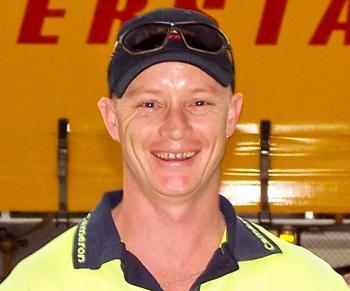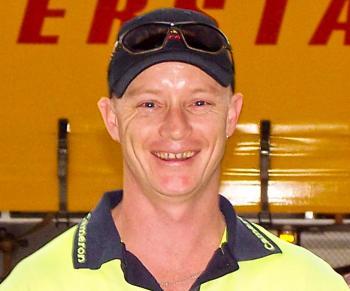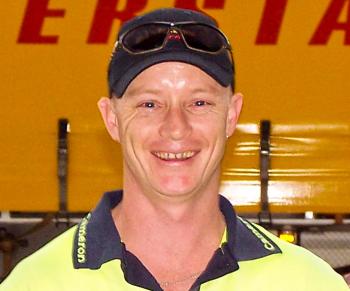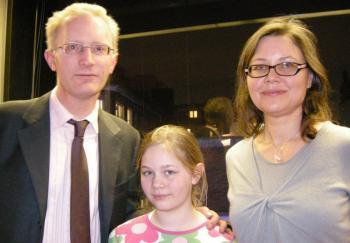Movie Review: ‘Australia’
Artful director, writer, and producer Baz Luhrmann’s ode to his Motherland has finally arrived, and it was worth the wait. Australia is an ambitious epic that takes place in the remote port city of Darwin and its rugged surrounding outback lands in the period just before World War II.

Brice Connolly, Brisbane, Australia
|Updated:



